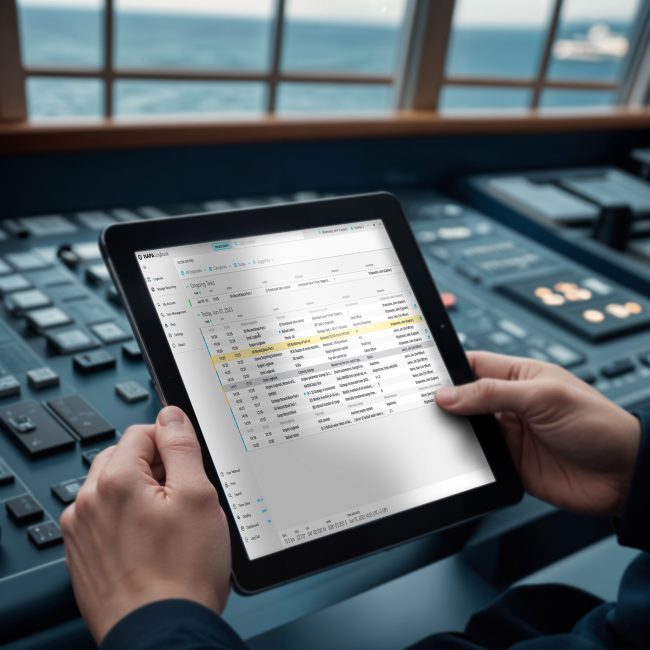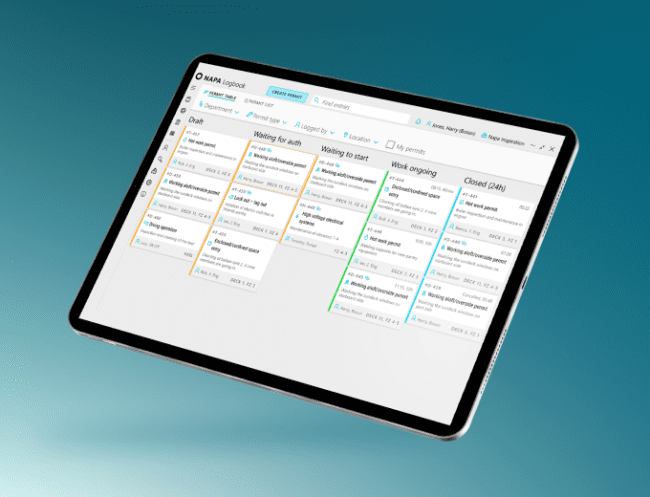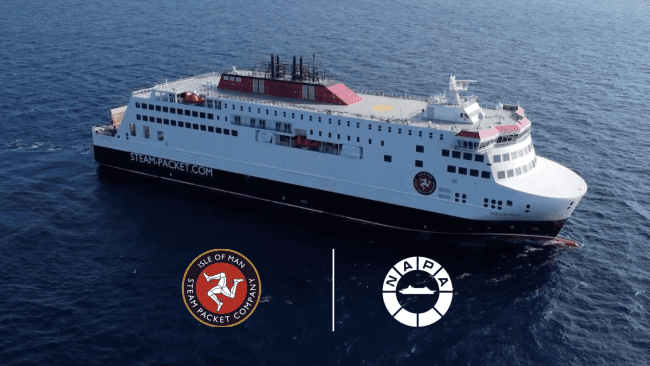NAPA launches stability management solution for ferries in collaboration with leading ferry operators
Advanced NAPA Stability for Ferries enhances operational safety and efficiency with a cloud-based digital solution that enables faster, more intuitive, and reliable voyage and cargo management.
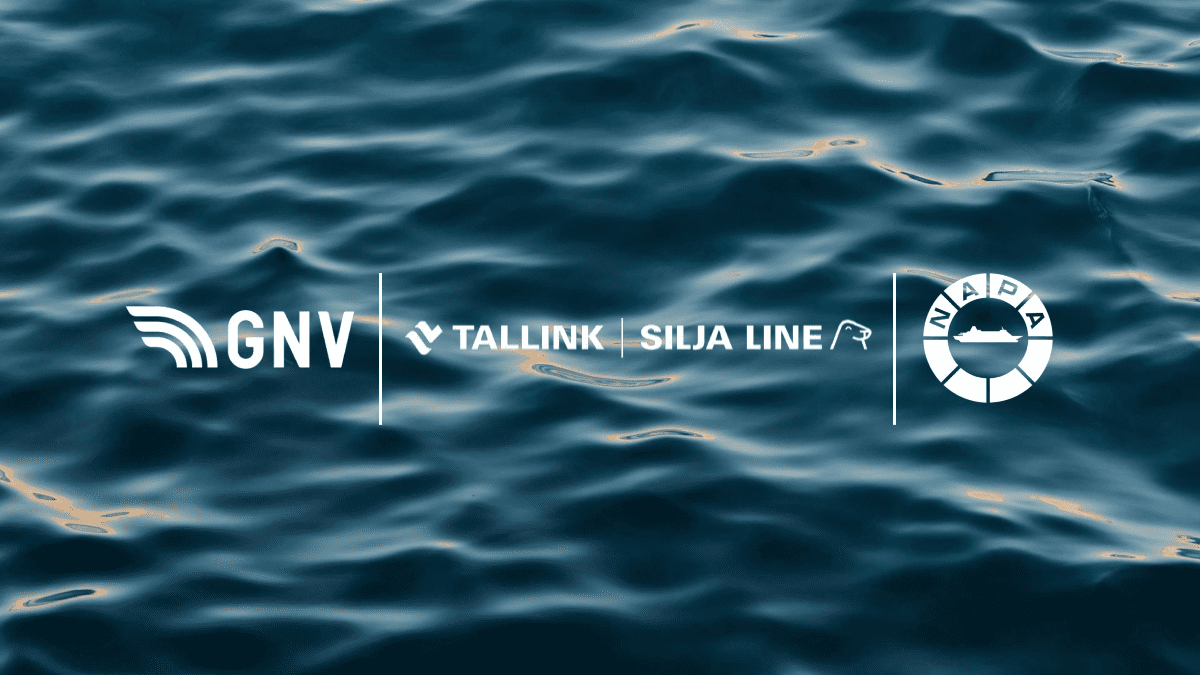
Helsinki, 13 May 2024 – Maritime software provider NAPA has formally launched NAPA Stability for Ferries, with installations confirmed on seven Grandi Navi Veloci (GNV) vessels and ongoing sea trials with Tallink Silja Line. The new onboard stability solution is designed to meet the unique operational needs of the ferry segment, from maintaining safe loading conditions on tight schedules and constant cargo changes to the need for data transparency and ship-to-shore communication. Together, these features will help improve fleet safety and efficiency.
NAPA Stability for Ferries responds to a growing demand in the ferry sector for advanced stability solutions that account for fast and frequent loading and unloading, multiple arrivals and departures daily, route-specific challenges, sustainability, reporting and compliance, as well as cargo management. The new cargo loading feature, for example, helps make stability and loading calculations faster, easier and more reliable for better safety and time savings, despite tight schedules.
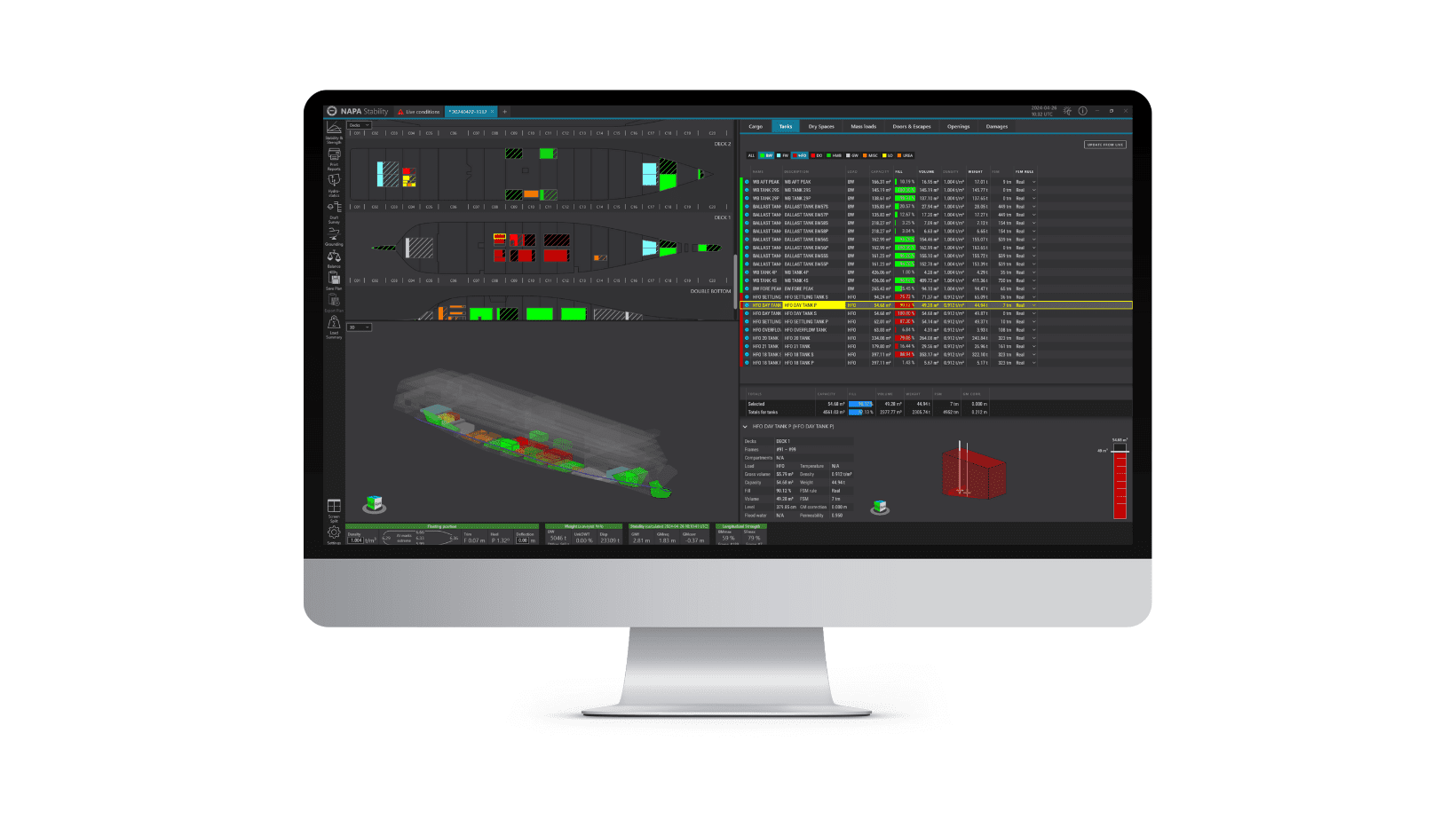
NAPA Stability for Ferries with special features like Cargo Management and Damage Stability (Water on Deck), developed specifically to need unique ferry operations need.
GNV is one of the first ferry operators to onboard seven vessels to NAPA Stability, while Tallink Silja Line is trialling applications of the solution on Silja Serenade, and Baltic Queen in Q2 2024. This marks the expansion into the ferry segment of the advanced stability software, which is already installed onboard 69 cruise vessels, with additional features tailored to fast-paced ferry operations.
NAPA Stability is an onboard system which can connect to the shoreside with our cloud-data platform, NAPA Fleet Intelligence, allowing the continuous monitoring and dynamic adjustment of the ship’s stability parameters in real-time by crew and shoreside teams alike. This enables enhanced operational efficiency and better-informed decision-making for safe and smooth voyages. The data underpinning the technology is based on NAPA’s accurate 3D modelling, which accounts for the ship’s unique design, and uses this to cover a wide range of calculations related to hydrostatics, intact stability, damage stability, and longitudinal strength. Real-time access to stability data gives shoreside teams and crew a clearer picture of their current loading condition. This helps assess risks on an ongoing basis and provides better communication of vital information which, ultimately, supports faster response in an emergency.
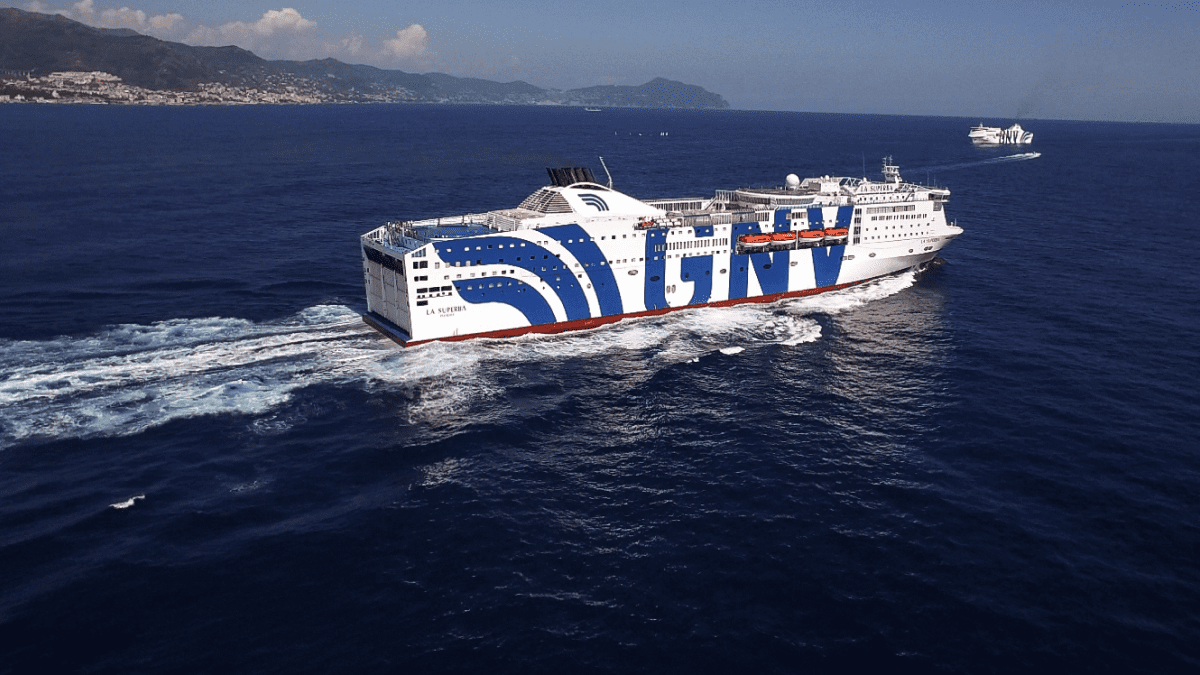
NAPA Stability for Ferries already onboard GNV’s fleet. Image source: GNV
Markus Tompuri, Chief Stability Officer, Safety Solutions, NAPA, said: “NAPA Stability for Ferries is our answer to the sector’s growing safety and efficiency challenges. The advanced solution brings the best of stability management, fine-tuned for ferry operations, allowing them to tap into a wealth of insights tailored to their unique requirements. Working in collaboration with industry leaders also ensures we’re building a solution that not only meets their operational objectives but also supports critical decision making, often on a time crunch.”
Davide Orecchia, Chief Technical Officer at GNV, said: “The safety of our passengers is our utmost priority. Working with NAPA gives us the peace of mind that we are maintaining the industry’s highest standards to keep our ferries operating safely and smoothly, while also unlocking data insights to improve the efficiency of our fleet and teams. With dynamic new cargo loading features, and real-time shipboard stability data available onshore via cloud services, our onboard and shoreside teams can communicate and collaborate like never before.”
Paolo Astarita, GNV’s Chief Nautical Operations Officer, added: “The installation of NAPA Stability on our fleet represents a fundamental step in our process of evolving “safety of navigation. This advanced stability management solution will support our captains in different circumstances, such as sea passages, cargo loading performance, ship handling, efficiency processes, and criticality management.
“From the shore side, it benefits our officers on duty at the GNV Maritime Support Centre, who operate 24/7 to remotely collect stability information in real time. We have previously used NAPA software for cargo and have also partnered with NAPA for deck officer training.
The company is ready to improve fleet safety and adopt the latest IMO requirements, and we are happy to welcome the new software evolution.”
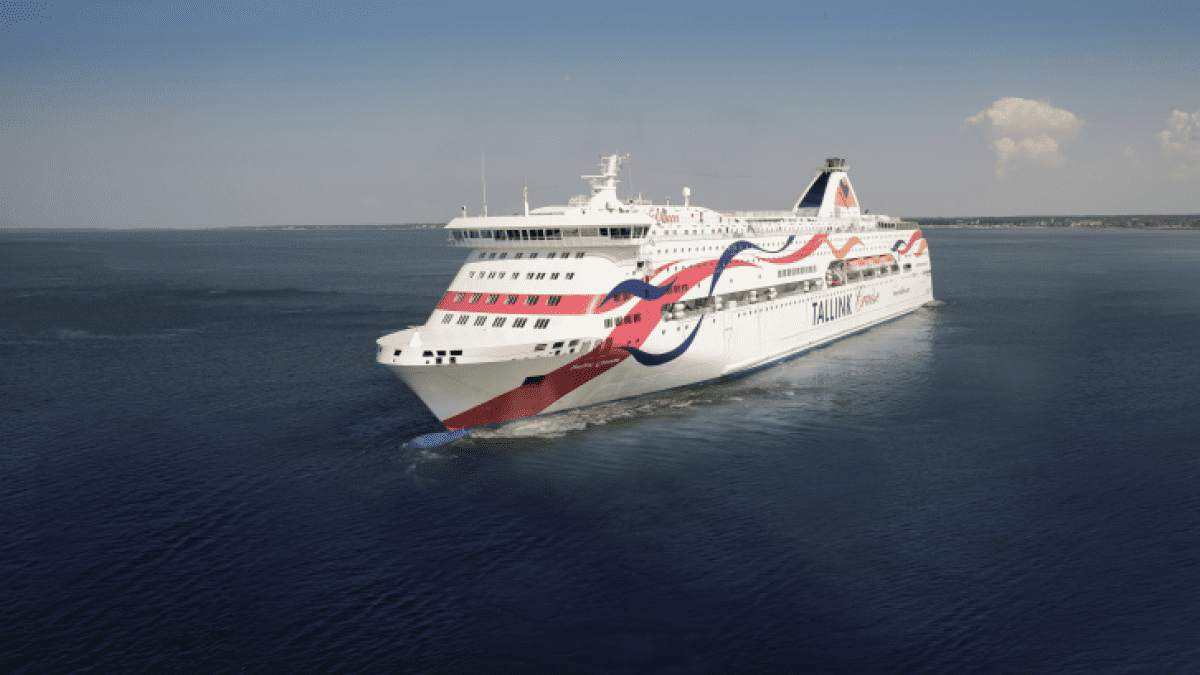
NAPA Stability for Ferries being trailed onboard Tallink Silja Line’s M/S Baltic Queen and MS Silja Serenade. Image source: Tallink Silja Line
Clas-Johann Westen, Technical Superintendent at Tallink Silja Line, commented: “We have been actively engaged in the evolution of the NAPA Stability software, previously known as NAPA Loading Computer, for over two decades. We are pleased to have contributed to the development of its latest iteration. Building upon the same dependable platform and delivering calculation results validated by over 100,000 successful departure conditions across our fleet over the years, our commitment to reliability remains unwavering. With its contemporary interface and enhanced functionality, we assure precision in results and ease of adoption for operators as they prepare for departures, ushering in a new era of efficiency and confidence.
NOTES TO EDITORS
About GNV
Founded in 1992, and today part of the MSC Group, GNV is one of the leading shipping companies operating in the coastal navigation and passenger transport sector in the world: with a fleet of 28 ships, the Company operates 31 lines in 7 countries, to and from Sardinia, Sicily, Spain, France, Albania, Tunisia, Morocco and Malta. www.gnv.it
About Tallink Grupp
Tallink Grupp is one of the leading providers of passenger and cargo transport services on the Baltic Sea, with vessels operated on various routes between Estonia, Finland and Sweden. The company’s fleet consists of 14 ships that operate under the brands Tallink Silja Line and Tallink Shuttle. In addition to maritime transport, the group also charters out company vessels for short and long terms charter projects, operates four hotels and two stand-alone restaurants in Tallinn and Riga, has a successful travel retail business with shops on board, on shore and online, owns the franchise of global fast food chain Burger King in the Baltics, and runs a variety of other leisure and transport related subsidiaries in 6 EU countries (Estonia, Latvia, Lithuania, Finland, Sweden and Germany). The company’s vision is to offer top-quality, most sustainable and innovative leisure and maritime transport services in the northern Baltic Sea region. Tallink Grupp’s shares are dual listed on Nasdaq Tallinn and Nasdaq Helsinki.
About NAPA
NAPA is a leading provider of software and digital services for the global maritime industry, harnessing data science to enable safer, more sustainable and future-proof shipping. Founded in 1989 to provide smart solutions for ship design, NAPA is now the global reference in shipbuilding, with over 90% of new vessels built by NAPA customers. Today, the company’s expertise spans the entire lifecycle of a ship, from shipyards to operational safety and efficiency at sea. Over 3000 commercial ships globally sail with NAPA safety and efficiency solutions, which include digital ship stability systems that enable a proactive approach to safety at sea, cloud-based performance monitoring that delivers insights to unlock new operational efficiencies, and voyage optimization solutions that help reduce greenhouse gas emissions from voyages.
Headquartered in Finland, NAPA employs 200 experts and operates globally, with a presence in Japan, Korea, China, Singapore, the USA, Germany, Greece, Romania and India.For more information, visit: www.napa.fi
Press Contact:
Chandralekha Mukerji
Communications Lead
T: +358 408273014
E: chandralekha.mukerji@napa.fi
